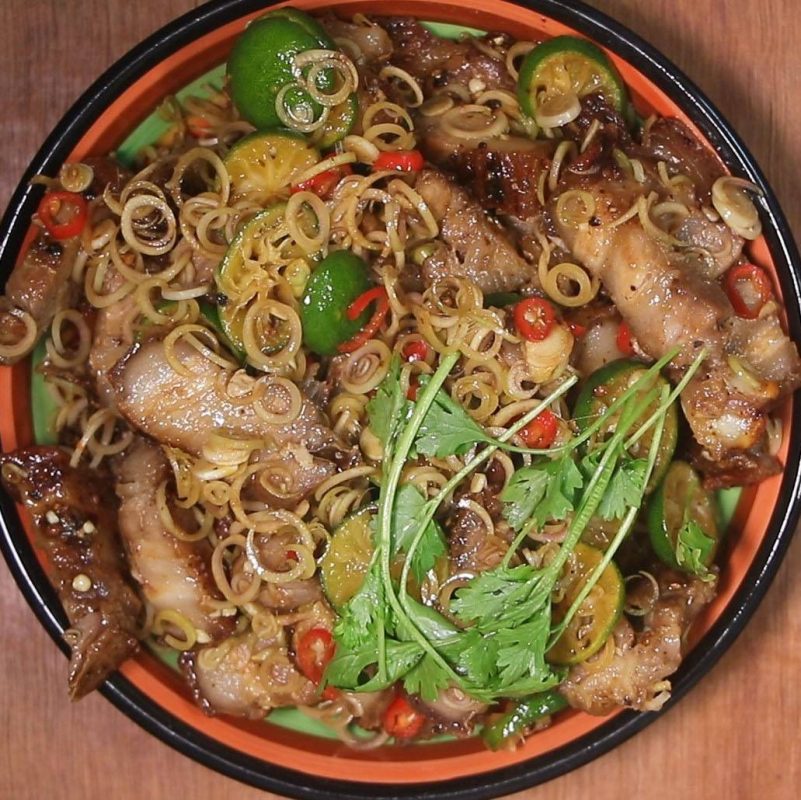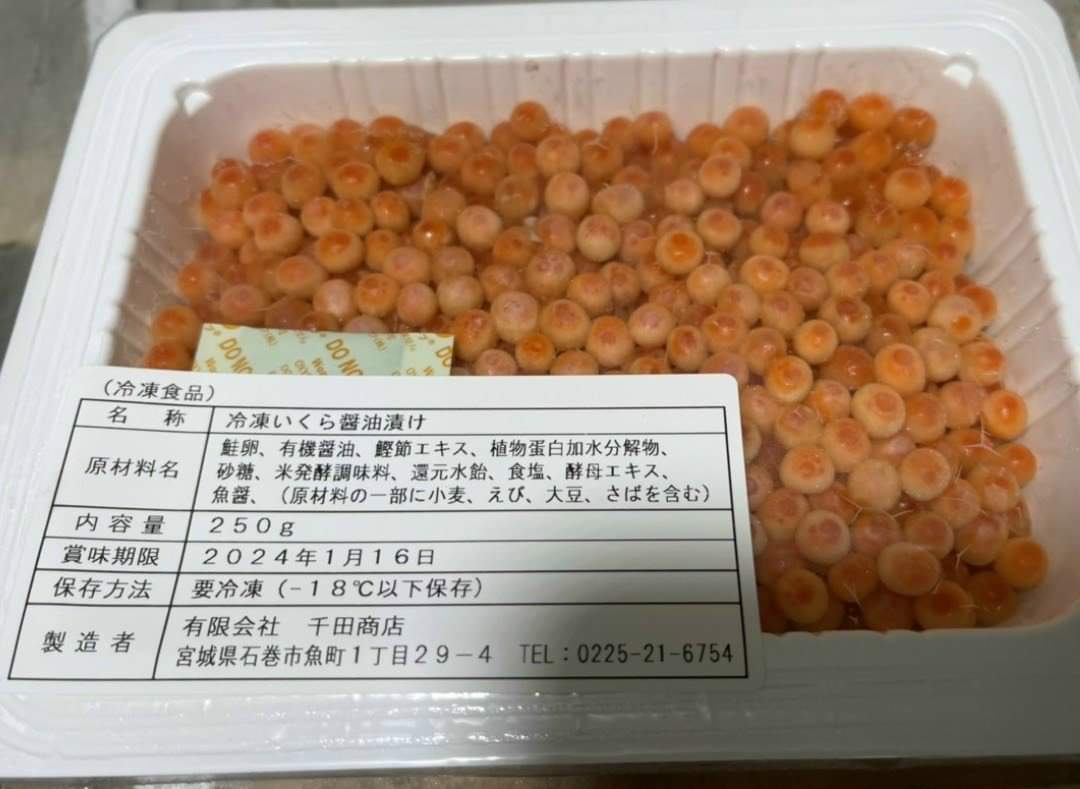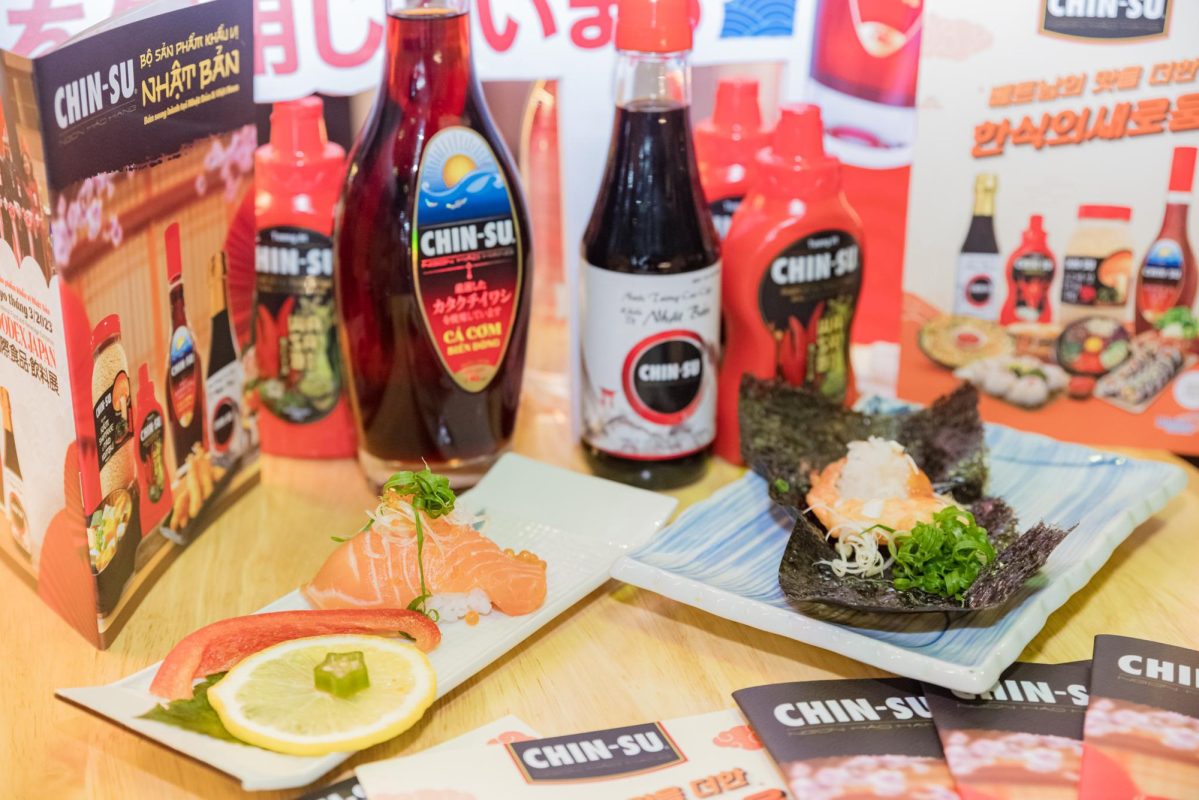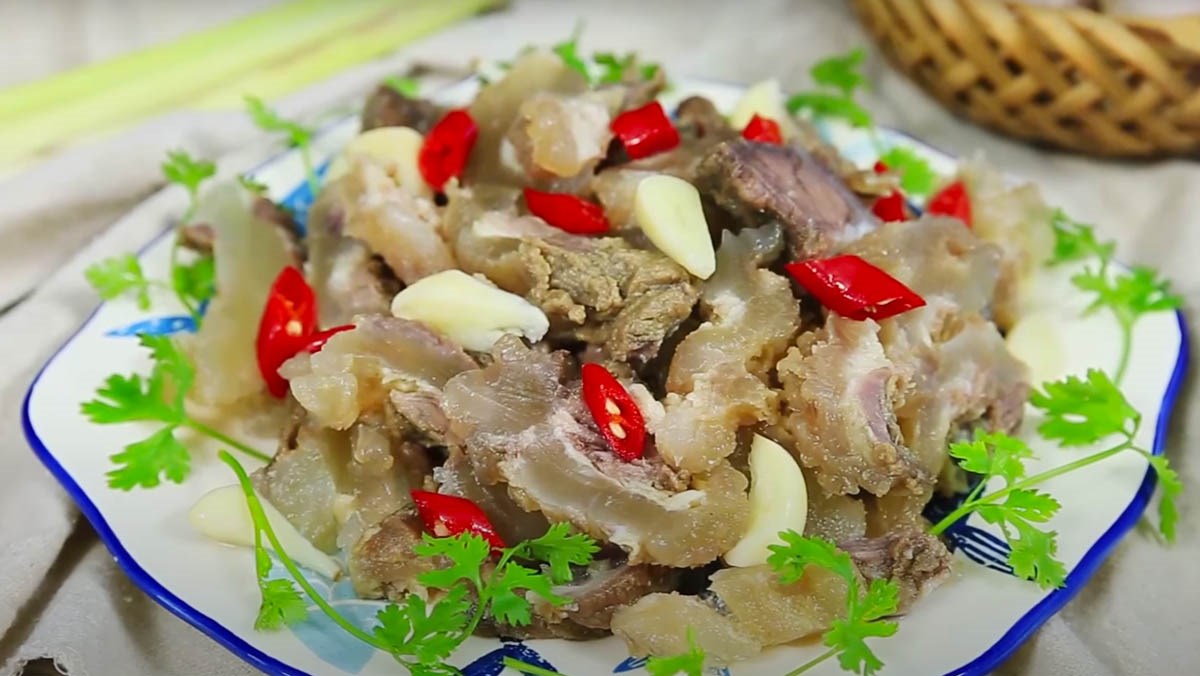No products in the cart.
[Hướng Dẫn Nấu Món Unohana Kiểu Nhật: Đậu Phụ Rau Củ Bổ Dưỡng] Unohana là một món ăn truyền thống Nhật Bản được chế biến từ đậu phụ và rau củ. Món ăn này không chỉ ngon miệng mà còn bổ dưỡng, giàu dinh dưỡng, phù hợp với mọi lứa tuổi. Trong bài viết này, […]










